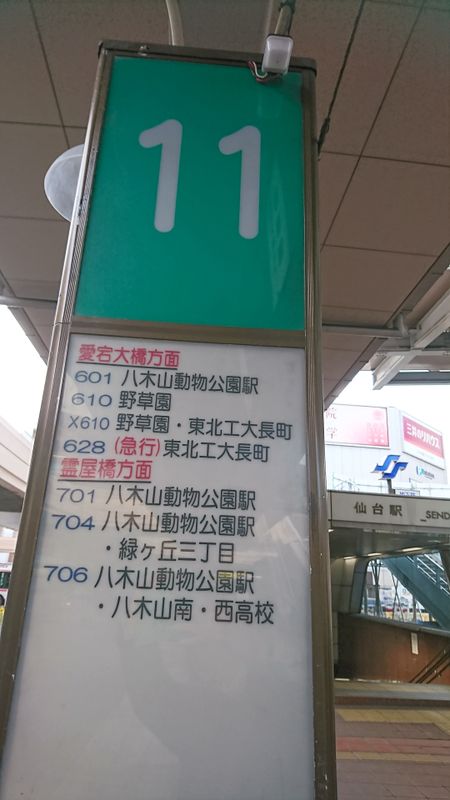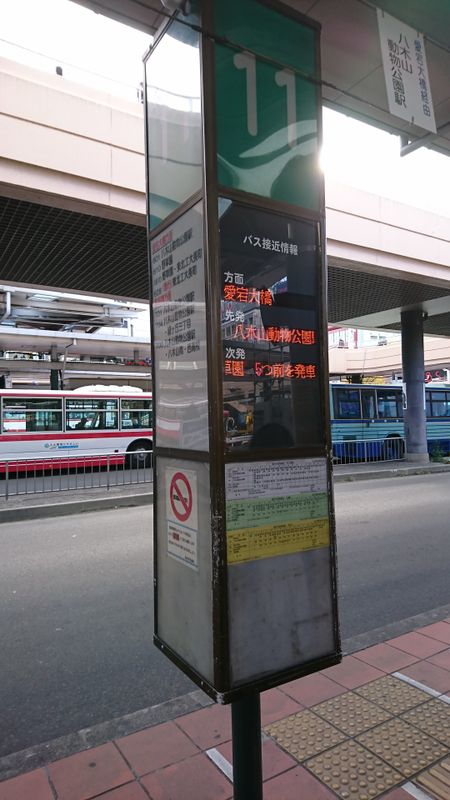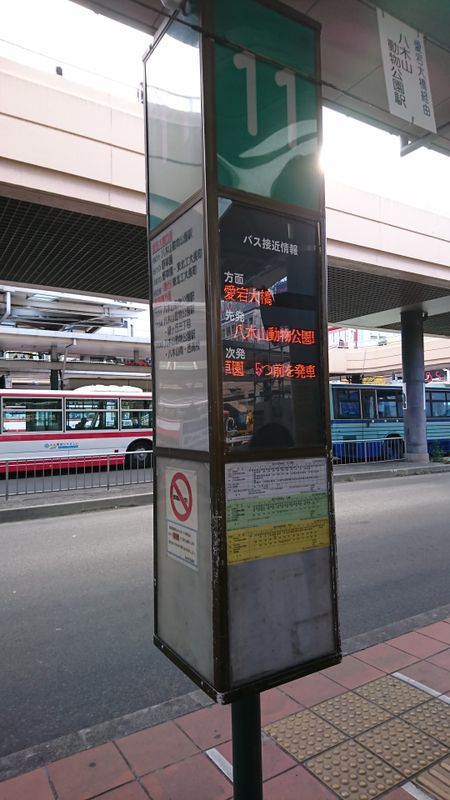Dec 10, 2017
Local Bus Troubles in Japan
Japanese mass transit tends to be the stuff of legend. High speed trains connect all major cities. Signs at the stations and on the train are offered in hiragana and/or romanji for those who can't read all the kanji. Punctuality is to the point where a five minute delay necessitates countless apologies and even written excuses to present to your employer should this have negatively impacted your commute. A passenger can always being fairly sure that they can get where they want to go in a timely fashion. In my experience, this tends to be true of the train system, and subway lines, and the shinkansen bullet trains.
It is not however terribly true of the buses.
Using the roadways means that buses have to deal with a problem that train lines rarely do-- traffic congestion. Many local buses will operate more like those in countries with almost-satisfactory mass transit systems and that beautiful punctuality of the train system is lost, though not for lack of trying.
In addition to that forgivable tardiness issue, the information accessibility to non-native Japanese speakers is lacking. Most local buses I have seen outside of massive urban centers do not have place names listed in anything but kanji unless the name of the intended destination (like an outlet mall) happens to only have non-kanji name options. That means you have to know the characters for exactly where you are going before you get on the train.
Tourist buses, those meant only to show out of towners around the city, still cater to the foreign crowds somewhat, as do shuttle buses to specific tourist-friendly locations like aquariums, zoos, major museums, and beer breweries. Other local buses in much of Japan do not.
What if you have to use a local bus?
Keep in mind that the buses are meant for locals and will assume you know 1)the bus route 2)the kanji and pronunciation for where you want to go 3) which bus takes you there. Ask Japanese friends or coworkers to help you find this information but double check what you can. I have had coworkers send me to places where the ending time of the class I had to teach meant my missing the last bus back to the station, all because they didn't drive so they didn't consider such consequences.
First, make sure you know the kanji for your intended location. This will save you lots of trouble later on. If you have the pronunciation down well, you can ask the bus drivers or fellow riders if the bus goes where you need it to go. A safer bet is reading the sign post by the bus stop and matching the bus numbers and kanji for your intended destination. Be careful! Many areas may have the same general name but might not be the stop you intend. Make sure you know the exact name of the place you want to go and match every character possible.


This bus stop even has information on the upcoming buses presented digitally, but again almost exclusively in kanji.
Once you know where you're going, you can look at the time table at the bus stop to find the best time for you and work it out from there. Remember to check for return buses, frequently found at bus stops on the opposite side of the street from where you got on.
Once you get on the bus, take the slip of paper by the entrance to the bus and pay attention to the number on the slip. Frequently, a little fare board with digital numbers sits above the driver, ticking up the fare for each stop. If you got on at stop number 3, keep your eye on the digits under the three. Wherever you decide to get off, that will be what you pay. Put your change in the box next to the bus driver and get off, hopefully in your intended location.
In my years in Japan, I have had a bus driver in Kyoto take change from my hand instead of telling me the fare (because I had not known which stop I had entered the bus at and he felt this easier than talking to me like a person) and this bothered me but is only the second most frustrating situation I have been on while taking a local bus in Japan. My worst bus experience was at the fault of my former employers, who sent me on a bus that they thought took me the residential area where I would teach a private lesson but instead lead only into the industrial side of Sendai, where I felt stranded. With no subway stops, no further bus service, and the same unhelpful office staff on the phone, I struggled to figure out what to do next. Eventually I tracked down a 7-11 and managed to get into a taxi and get where I needed to go. The most troubling thing was that I had played match-the-kanji with the bus route name prior to the trip and determined this bus to not be the one I needed, but the office staff was insistent that it was the right bus and unapologetic afterward.
So trust your instincts, know your kanji, and when all else fails, find a taxi.



0 Comments